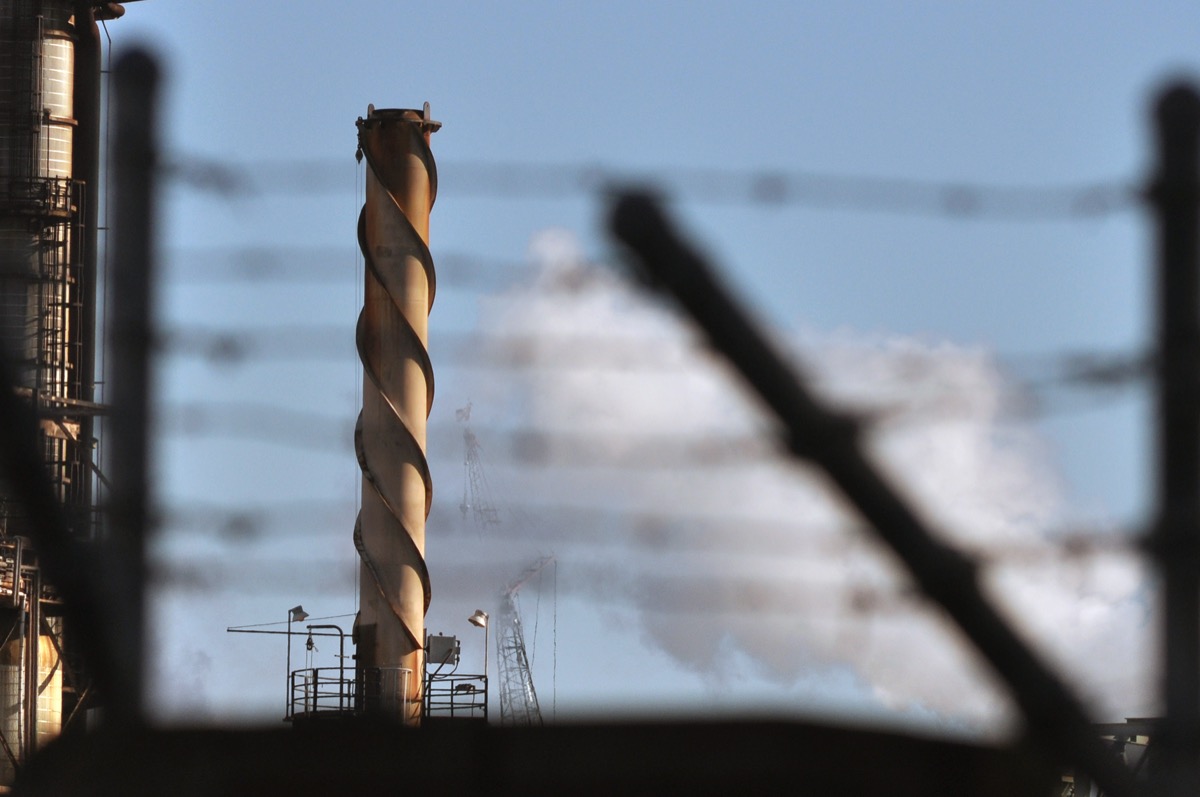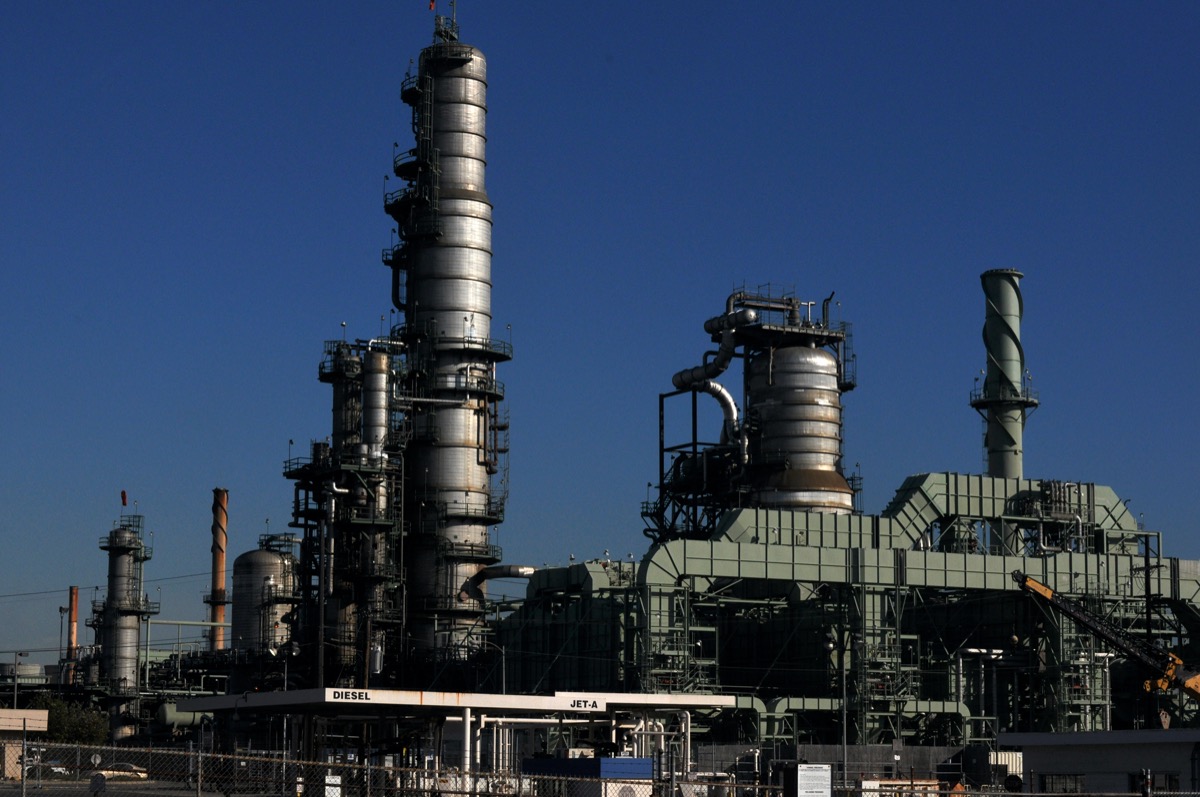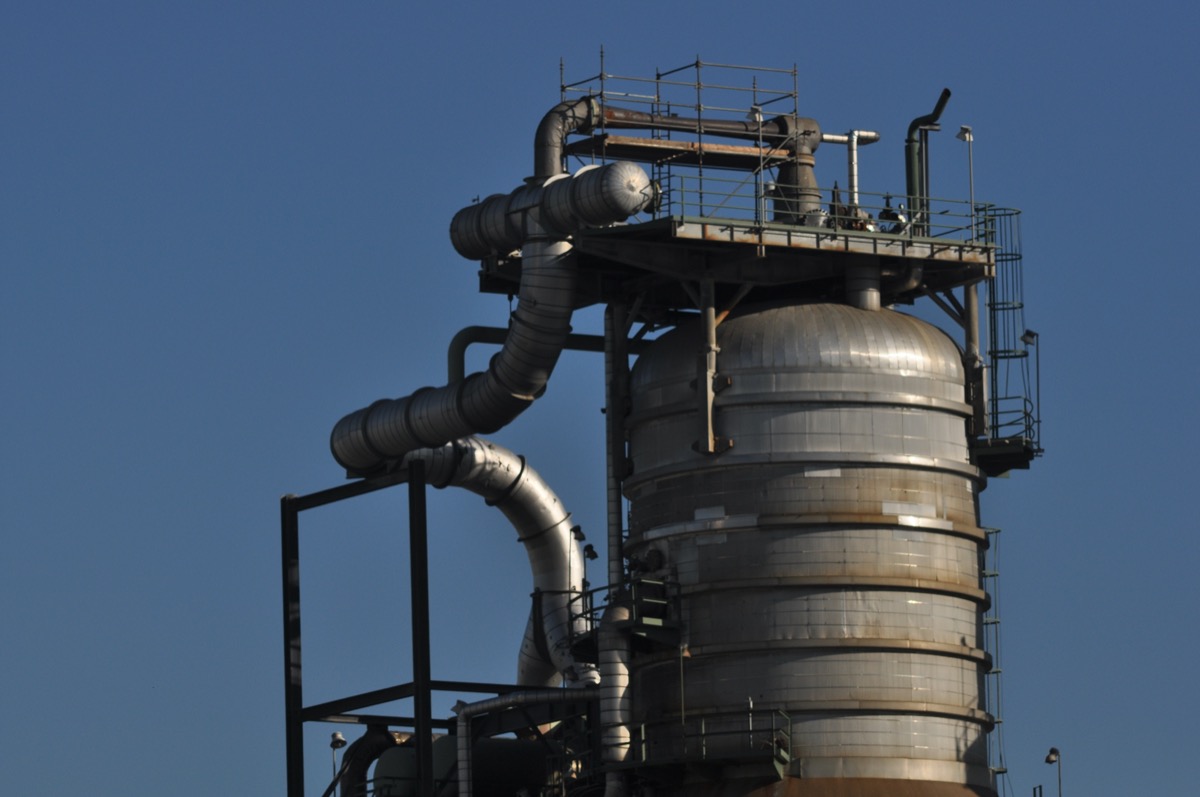Yes, ok. Global warming. It’s bad. Bad. Got it. I think I’ve got it now.
“But… what can I DO about it?”
That question is what we want to answer here. What more than just recycling, what more than buying less-damaging things, what more than reducing a carbon footprint? Rather than just make ourselves less damaging, what can we do, actively, to protract our claws, bear our fangs, tear and gnash back the damage which has now been so painstakingly documented?
But… for the most part, we as individuals can’t answer that question because as a society we can’t answer this question:
“What’s the plan!?!?”
How about this:
“Rapid and total decarbonization of the economy as a whole.”
This sounds good, and especially timely with 1.4 million new jobless claims in the United States this week, for a total well exceeding 30 million. What can 30 million people do? Well, according to Rewiring America, 25 million of them could get to work electrifying American life by 2035.
Rewiring America’s new report, “Mobilizing for a zero carbon America: Jobs, jobs, jobs, and more jobs — A Jobs and Employment Study Report” (download: Executive Summary) lays it all out, giving individuals their marching orders (buy an electric car!) but also rebuilding the U.S. energy infrastructure (and economy) before our very eyes toward decarbonizing in just 15 years. Read this report and it will be very hard to not see yourself in it somewhere, whether or not you’d fill one of 25 million jobs.
The plan starts with:
(i) an aggressive WWII–style production ramp–up of 3–5 years, followed by (ii) an intensive deployment of decarbonized infrastructure and technology up to 2035. This includes supply–side generation technologies as well as demand–side technologies such as electric vehicles and building heat electrification. […] close to 100% adoption of decarbonized technology when fossil machines reach retirement age. This is fairly simple to imagine: when someone’s car reaches retirement age it is replaced with an electric vehicle. When a natural gas plant is retired it is replaced with nuclear or renewables. […] Every American household would accrue savings of $1000–2000 per year due to lower, more predictable energy prices.
While the latter point may seem hard to imagine, anyone who has owned a recent electric car and solar panels has already seen that transportation fuel and home power combine into a larger expense than you’d think, and switching to solar power makes a big difference. This difference would be felt across the economy, and across society.
But for now, this is just a plan, perhaps a more concrete expression of the Green New Deal, but still just words on paper.
So… What Can I Do in the Meantime?
Read this plan. Critique it. Circulate it. And send it to your elected officials — Democratic or Republican — argue for them to make this part of their platform. Democrats will find it appeals to their core consituencies, while Republicans may remember that fundamentally, being “conservative” means being responsible with our resources — and if it doesn’t, we’re doing it wrong.
In the end, Rewiring America’s plan is an infrastruture plan, and infrastructure plans should be appealing across the ideological spectrum. It’s hard work to be done now in order to save resources in the future, and it’s a way this country can lead by doing.
And, “jobs, jobs, jobs”:
The transition can be done using existing technology and American workers. Indeed, work such as retrofitting and electrifying buildings will by necessity have to be done by American workers in America. No outsourcing. The jobs will be created in a range of sectors, from installing solar panels on roofs to electric vehicles to streamlining how we manufacture products. They will also be highly distributed geographically. Every zip code in America has hundreds, if not thousands, of buildings ripe for electrification in the years to come.
It is always time to write letters, staying civil, honing your powers of pursuasion. The clearer a image you can create, the more others will be able to picture themselves in it, and understand what they can do as well.
h/t Fast Company

If we had our way, we’d keep a few really beautiful artifacts of the carbon economy as landmarks. In a forest of windmills, surrounded by solar panels.



0 Comments